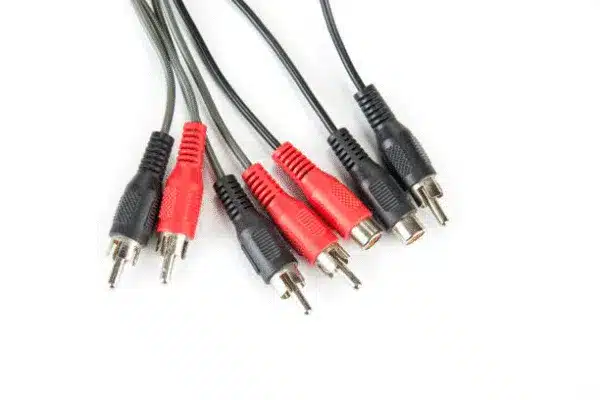You are working on a communication system that has been sending out intermittent signals for a few weeks. You identify the problem, test the transmitter, and tune the antenna, and when you find the problem, it is right there under your nose–a bad RF cable that has been tampering with the whole system. And this situation happens more than you might think, which brings into focus how important these seemingly simple elements are to our interconnected world.
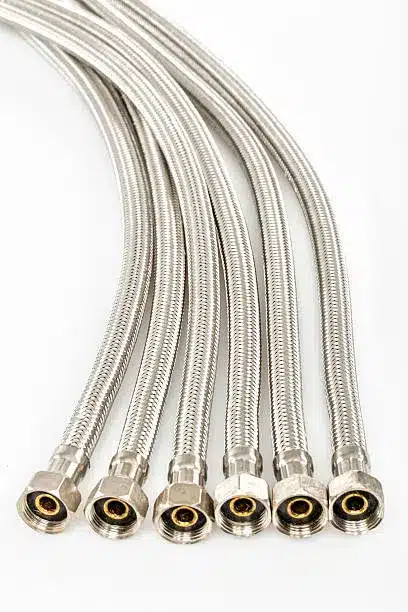
Why You Should Care About RF Cables
You are working on a communication system that has been sending out intermittent signals for a few weeks. You identify the problem, test the transmitter, and tune the antenna, and when you find the problem, it is right there under your nose–a bad RF cable that has been tampering with the whole system. And this situation happens more than you might think, which brings into focus how important these seemingly simple elements are to our interconnected world.
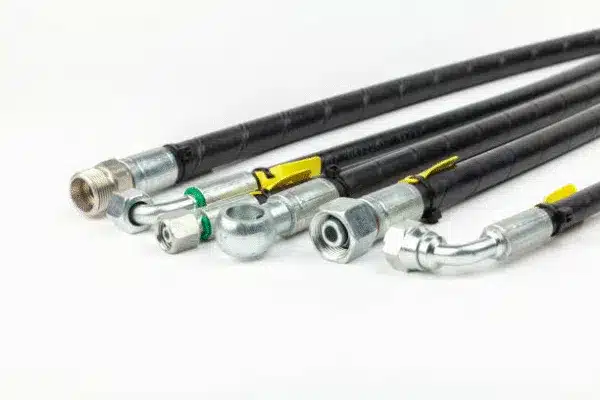
The most sophisticated electronic systems will fail catastrophically in the absence of properly functioning RF cables. Not mere wires, but a precisely made part, which will or will not make your project.
What exactly is an RF Cable?
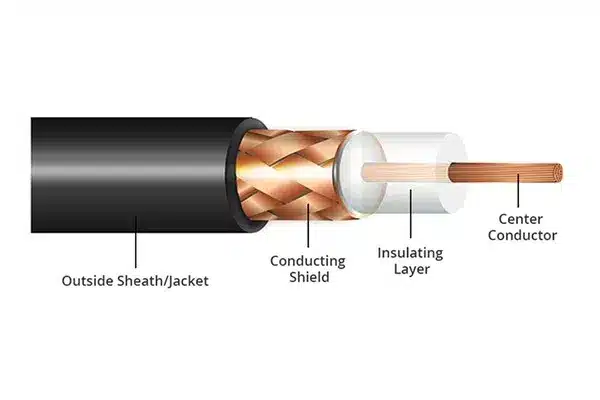
RF (Radio Frequency) cable: A special transmission line to transmit high-frequency electrical signals with minimum loss and with the least amount of interference. Imagine it as a road of electromagnetic energy that is designed with caution to ensure the integrity of the signal between point A and B.
All RF cables have four fundamental elements:
Center Conductor: This is the internal wire, and it is here that the actual signal would be. Traditionally, this would be copper or silver-plated copper to provide the best conductor.
Dielectric: the insulating substance, enclosing the central conductor, normally a polymer such as polyethylene or PTFE, and which defines the cable’s electrical characteristics.
Shielding: A layer(s) of braid foil or wire designed to offer shielding against external interference to both the signal and to help the signal not radiate into the cable.
Outer Jacket: It is an outer covering/coat that is placed over the cable to prevent exposure to physical damage, dampness, and other factors in the environment.
All of those elements work together to accomplish three crucial things: effective signalling, electromagnetic interference elimination, and physical protection in demanding conditions.
Types of RF Cables & Their Best Uses
These are the cable types that are most appropriate to your application. This is a detailed breakdown:
| Cable Type | Best For | Key Advantages |
| Coaxial (RG-6/58/11) | TV, internet, basic RF connections | Cost-effective, widely available |
| Semi-Rigid Coax | Aerospace, military, high-precision apps | Superior phase stability, excellent shielding |
| Flexible Coax | Tight spaces, test equipment | Easy routing, repeated flexing capability |
| Low-Loss (LMR series) | Long runs, outdoor antennas | Minimal signal loss over distance |
| Twinaxial & Triaxial | High EMI environments, differential signals | Enhanced noise immunity |
| Mini/Micro-Coax (u.FL, MMCX) | IoT devices, GPS modules, and drones | Ultra-compact form factor |
Each of the types has its purposes, and selecting the inappropriate one may lead to poor performance, loss of signal, or system collapse.
How to Choose the Right Cable
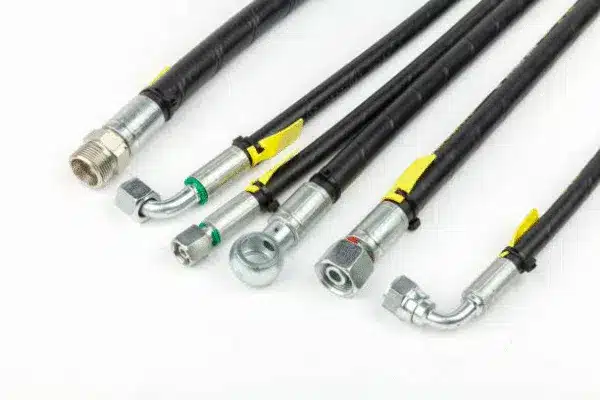
In selecting the best RF cable, a balance must be struck between a host of factors:
Frequency Range: the higher the frequency, the greater the attenuation at any distance; the higher the distance, the greater the attenuation by the higher frequency. Allocate your acceptable loss budget and decide.
Impedance Matching: Most systems either use 50-ohm (commonly used in telecommunication) or 75-ohm (commonly used in video) impedance. The impedance mismatch will cause reflections that will limit signal quality.
Connection Compatibility: You need to make sure that your cable connectors (SMA, BNC, N-type, etc.) are compatible with your equipment. The best cable is useless if it will not fit.
Environmental conditions: This will be installed in an external plant and must contain weatherproof connectors and jackets that can survive the UV light. Higher levels of shielding are required in high-EMI. Take into account extremes of temperatures, exposure to chemicals, and mechanical stress.
Budget vs Performance Trade-offs: Premium cables can cost a little more to buy in the short term, but can pay off in the long term in terms of greater reliability and lower maintenance costs.
Pro Tips for Maintenance & Longevity
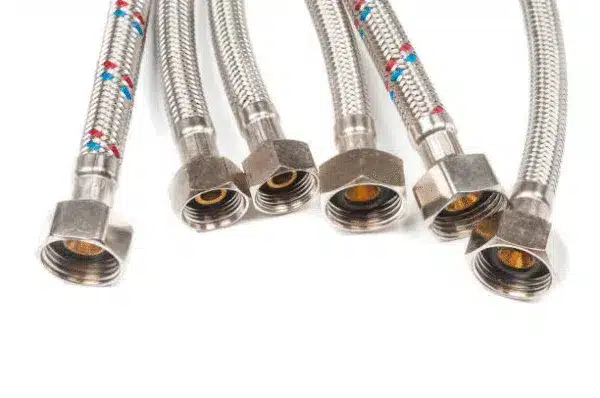
Proper maintenance will make your RF cable last many times longer and prevent costly failures:
When they are not in use, wipe connectors and put on protective caps. Even small amounts of dirt or corrosion can greatly contribute to the signal loss and create discontinuous connections.
Carry out an inspection at least once per year, particularly of jackets, connector wear, and water ingress. Problems are identified early enough to eliminate bigger system failures.
The coils of cables must be rolled and must not be made with sharp turns that can cause breakage of the dielectric. Store them in dry areas that are not influenced by electromagnetic interference sources.
Document your cable installation in pictures and specifications. The data can be very helpful during troubleshooting and upgrading.
Quick Application Examples
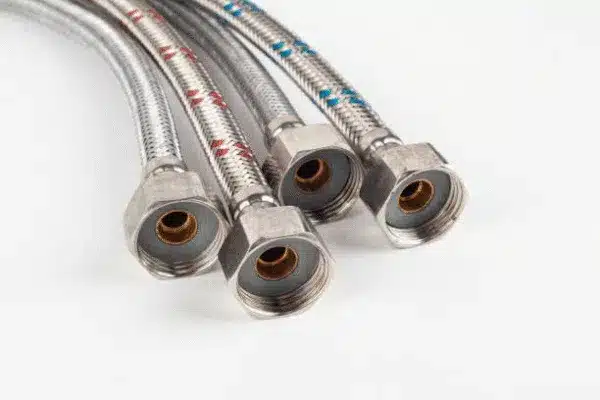
Understanding how various RF cables are utilized in practice will help lighten the burden as to where and when to use them:
Broadcast Studios operate long runs of low-loss cables between racks of equipment and their antennas, and the quality of the signal is directly proportional to the quality of the broadcast.
Weather-resistant Cable with good shielding is necessary in outdoor antenna installations where messages are not lost in the environment due to weather conditions.
Laboratory Testing scenarios require cables, which are flexible to enable connection and disconnection numerous times without interfering with the measurements.
The IoT modules used in industry utilize a very small cable to link sensors and communications modules to space-restricted areas where a millimeter matters.
Advanced Considerations for Engineers
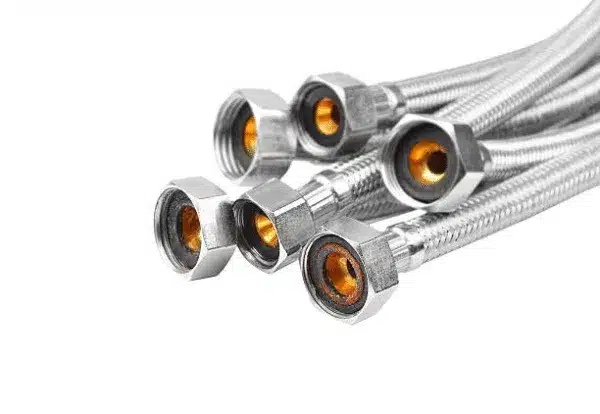
Some of the advanced factors that engineers should be aware of when solving complex RF problems include:
Attenuation vs Frequency Trade-offs: The cable loss will tend to rise with frequency. This information about these relationships may be utilized to maximize the system performance within your operating bandwidth.
Phase Stability: When timing or phase relationships must be established with accuracy, as is done in phased array applications and with equipment used to check accuracy, cables with better phase stability characteristics are desired.
Cable Assemblies vs DIY cable assembly can seem cheaper than a professionally designed cable assembly, but a professionally designed cable assembly can also be more performance-oriented, reliable, and time-to-market oriented.
Return Loss and VSWR: This is a measure of how well your cable system matches, and can dramatically impact how the overall system performs.
